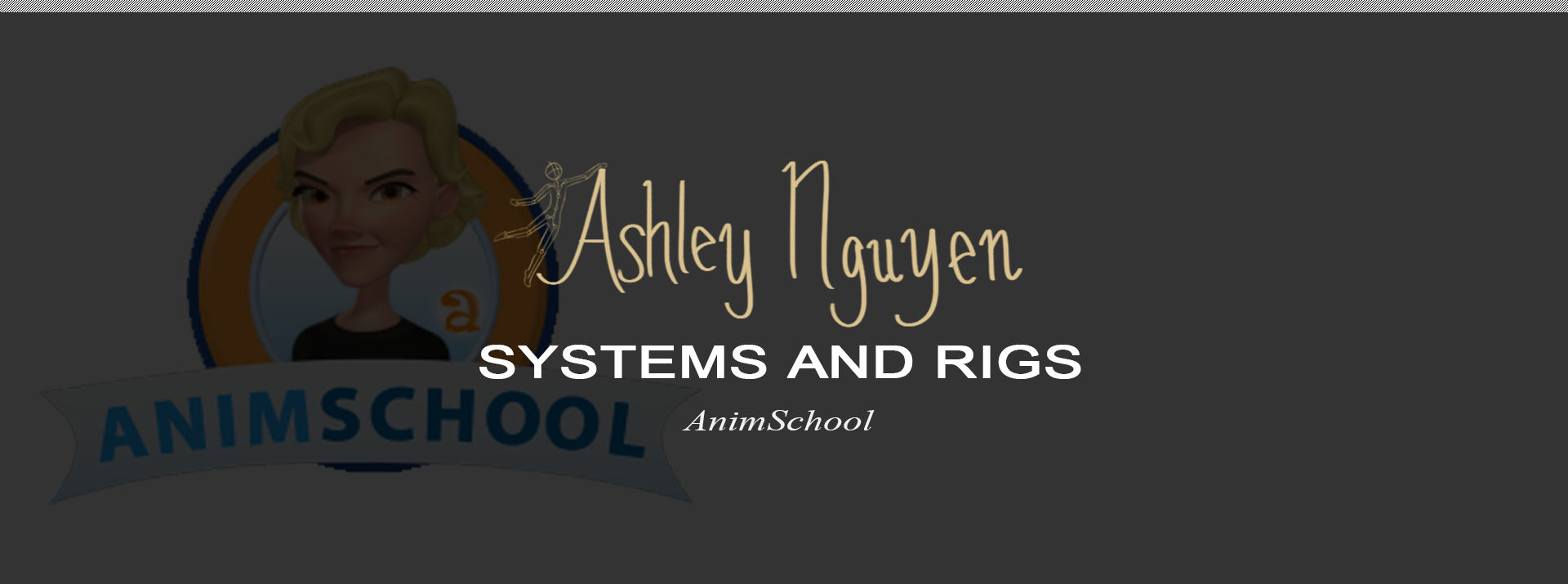Rigging Automation is a course at AnimSchool that is taught by Walter Yoder. Students learn how to start automating the rigging process. Basic python is taught as well as fundamental programming concepts like object oriented programming and inheritance. Since I already had a background in programming, it was very useful in the course. However the information on python as well as the Maya API was extremely interesting and useful.
The challenge for this course was following the basic design that we wanted for our rigging library. It was more about understanding how and why certain things could be abstracted out instead of having to be implemented in a child class. It taught me to think like a rigger that needed to program something. A single component is great but if it build off of code that has already been implemented, it would be more effective. This course really stretched my thinking as both a rigger and a programmer, and that was something that I really enjoyed. I plan to use my knowledge from this class to start making my own rigging system, using the ideas that Walter taught in his course.




This face rig was developed during Nico Sanghrajka's Advanced Rigging course at AnimSchool. The purpose over the ten week course was to create a fully functioning face rig that had a large range of deformation. We used a plethora of methods to get certain deformations including wire deformers, lattices, blendshapes, clusters, joints, and a few other methods. I also took a pass at using Marco Giordano's tutorial for his cartoon eyelid rig because of the shape of my particular model's eyes didn't deform well with the method that was taught in the class.
The biggest challenge for me when creating this rig was range of motion. I'm a bit more conservative in the way that I test rigs because the expressions that I like tend to be more subtle. So during the course I had to learn to really push the rig to its limits. Nico was really amazing in getting me out of my comfort zone so that I could try to make more dynamic poses when testing my rig. This of course also meant that weight-painting was more challenging due to the large range of motion, but weight-painting is something that I enjoy so it was really fun to find those problem areas and try to fix them!




In Intermediate Rigging taught by Adam Cobabe at AnimSchool, students took an existing model (usually from their previous coursework) and created a body rig for it. We learned how to adjust topology issues that would create problems for riggers. I took the model that I made during my Intermediate Modeling class to use as the base for this class. A majority of the material for the course was learning about rigging concepts and methods, such as creating and IK/FK switch and also implementing a stretchiness component on a rig. We also added ribbons to the torso, legsc and arms as a set of secondary controllers that animators could use. We also delved into a bit of scripting in this course.
The other part of the course consisted of making corrective blendshapes to enhance the character's range of motion. What I found most challenging from this course was actually the weight-painting. Weight-painting is something that I like, but the way that things built on top of each other always required us to go back and adjust the weight-painting, which was both satisfying and a little frustrating, since sometimes moving a control ever so slightly would really distort the mesh. I was really happy with the end product and I now plan to try and script up some of these components for later use.





